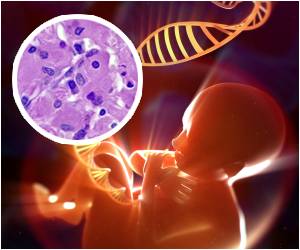Researchers have witnessed how an enzyme works at the atomic level to repair sun-damaged DNA in a recent study.
Researchers have witnessed how an enzyme works at the atomic level to repair sun-damaged DNA in a recent study.
The discovery may prove to be a stepping-stone in future sunburn remedies and skin cancer prevention.Dongping Zhong and his colleagues from Ohio State University describe how they were able to observe the enzyme, called photolyase, inject a single electron and proton into an injured strand of DNA.
The two subatomic particles healed the damage in a few billionths of a second.
"It sounds simple, but those two atomic particles actually initiated a very complex series of chemical reactions," Nature quoted Zhong as saying.
"It all happened very fast, and the timing had to be just right.
"People have been working on this for years, but now that we've seen it, I don't think anyone could have guessed exactly what was happening," said Zhong.
Advertisement
Using ultrafast light pulses, they took a series of "snapshots" to reveal how the enzyme repaired the DNA at the atomic level.
Advertisement
The bonds are then arranged in such a way that the electron and proton are automatically ejected out of the DNA helix and back into the photolyase, presumably so it could start the cycle over again and go on to heal other sites.
Now that researchers know the mechanism by which photolyase works, they might use that information to design drugs or lotions that heal sun damage, Zhong said.
The findings were published in the online edition of the journal Nature.
Source-ANI











